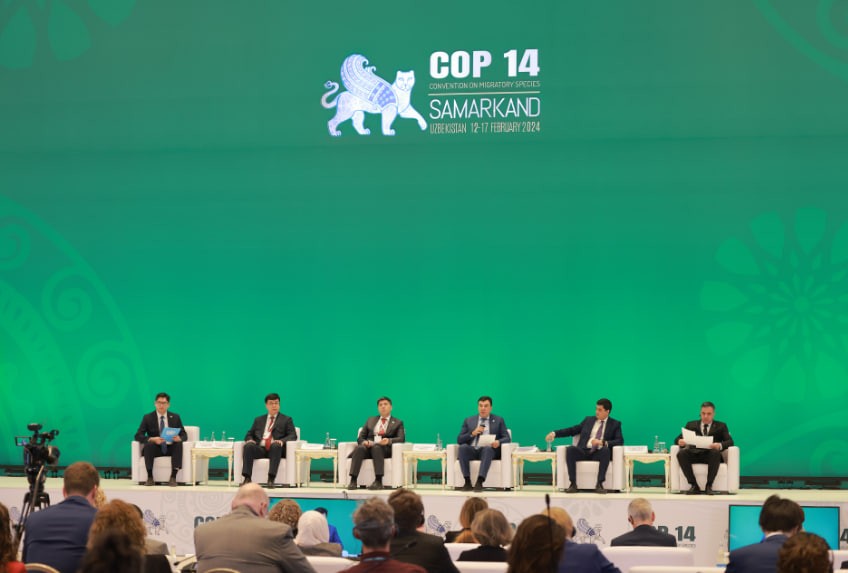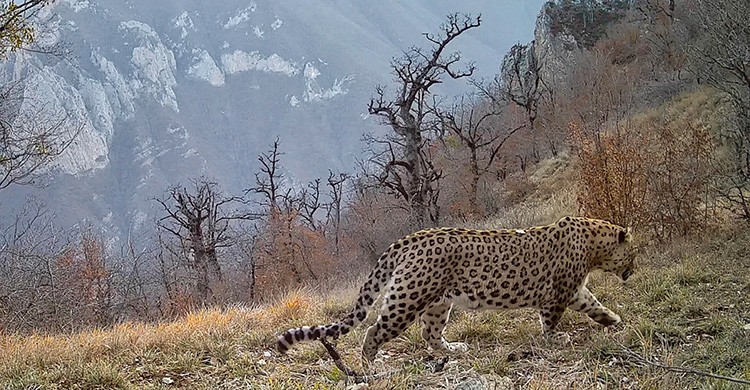Central Asian Countries Work together to Protect Migratory Species
The 14th Conference of the Parties to the Convention on Migratory Species of Wild Animals (CMS COP14) is taking place from February 12th to 17th in Samarkand, Uzbekistan. Uzbekistan’s Minister for Ecology and Environmental Protection, Aziz Abdukhakimov commented on February 11th: “Over the next five days, we will be discussing a range of issues related to migratory species, including the socio-economic and environmental challenges of climate change. Our goal is to find solutions and develop effective plans for the conservation of migratory species, which play a vital role in maintaining ecosystems and a healthy planet.” As part of the conference, Uzbekistan, Kazakhstan, and Kyrgyzstan have joined the Memorandum of Understanding on the Conservation of Migratory Birds of Prey in Africa and Eurasia. The document was signed by Abdukhakimov and his Kazakh and Kyrgyz counterparts. “The memorandum provides for the removal of obstacles to the migration of wild animals and the creation of favorable conditions for their migration from one territory to another. This will protect migrating animals and thereby preserve biodiversity. In addition, it will strengthen the unity of the Central Asian countries in this direction,” the Uzbek minister said. Uzbekistan and Kazakhstan have also joined their efforts to preserve the wildlife of the Ustyurt Plateau. On February 11th a Memorandum of Cooperation in the conservation of wildlife of the Ustyurt Plateau was signed between Minister Abdukhakimov and the Deputy Minister for Ecology and Natural Resources of Kazakhstan, Nurken Sharbiev.




